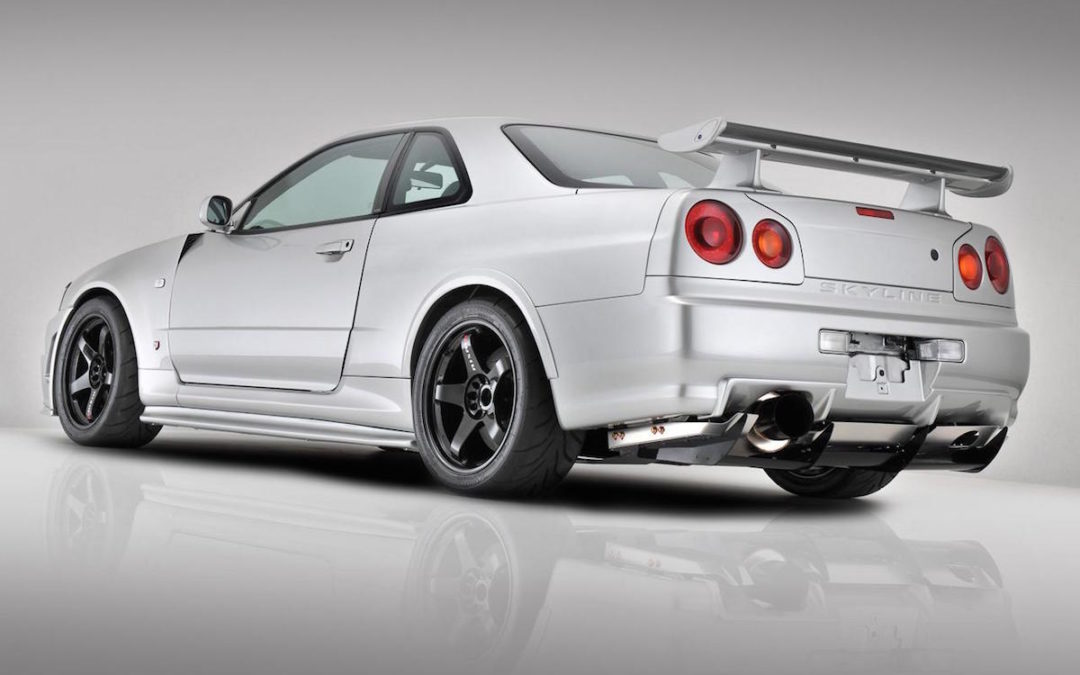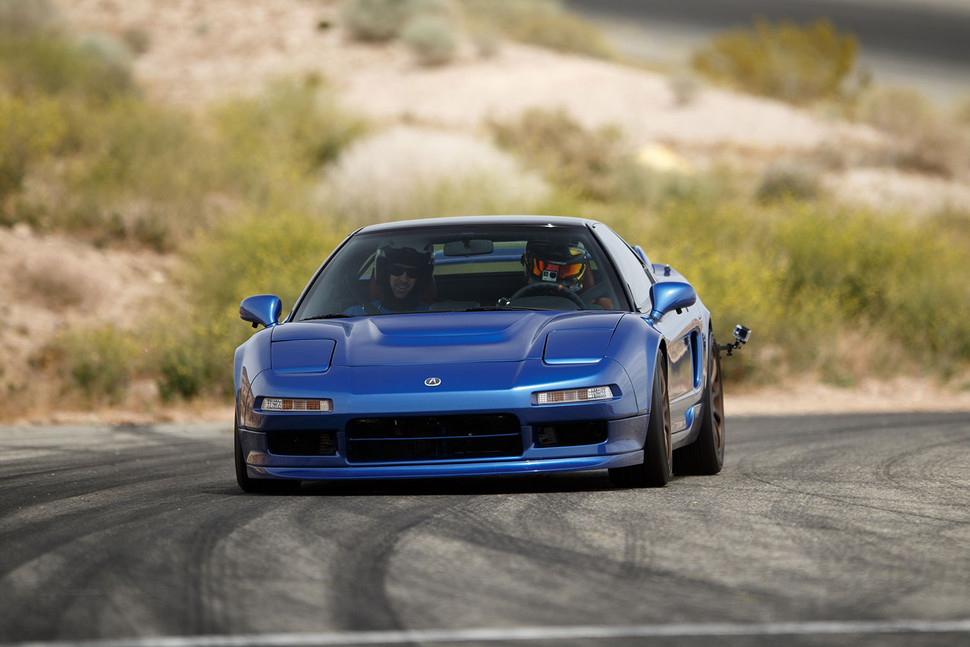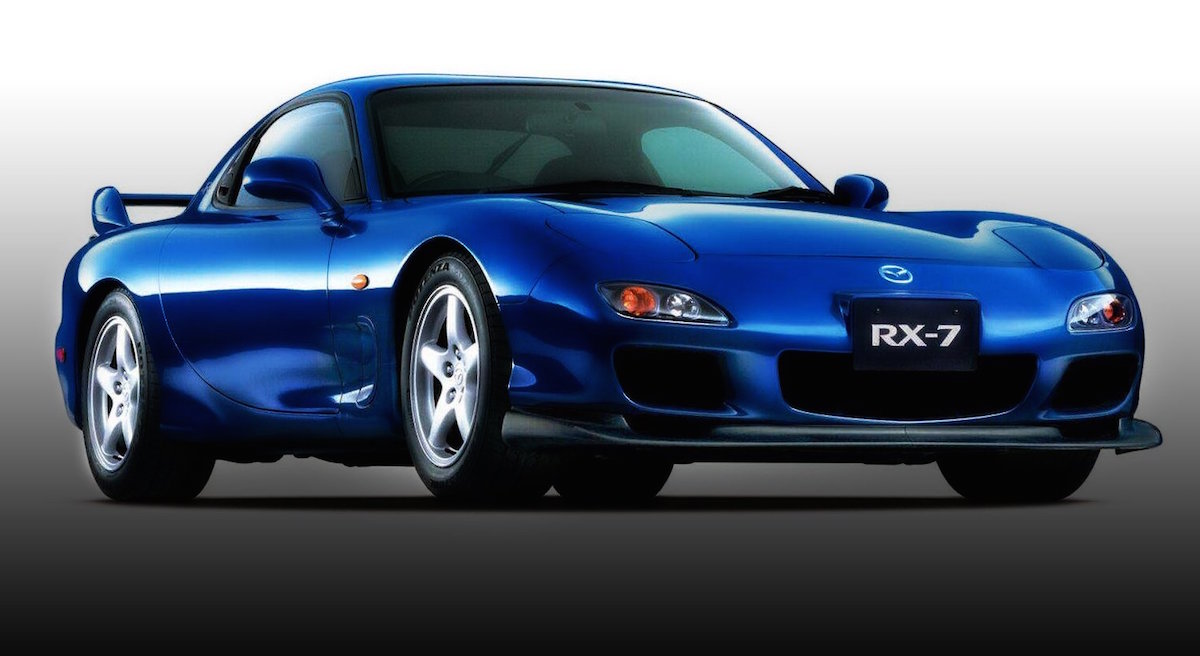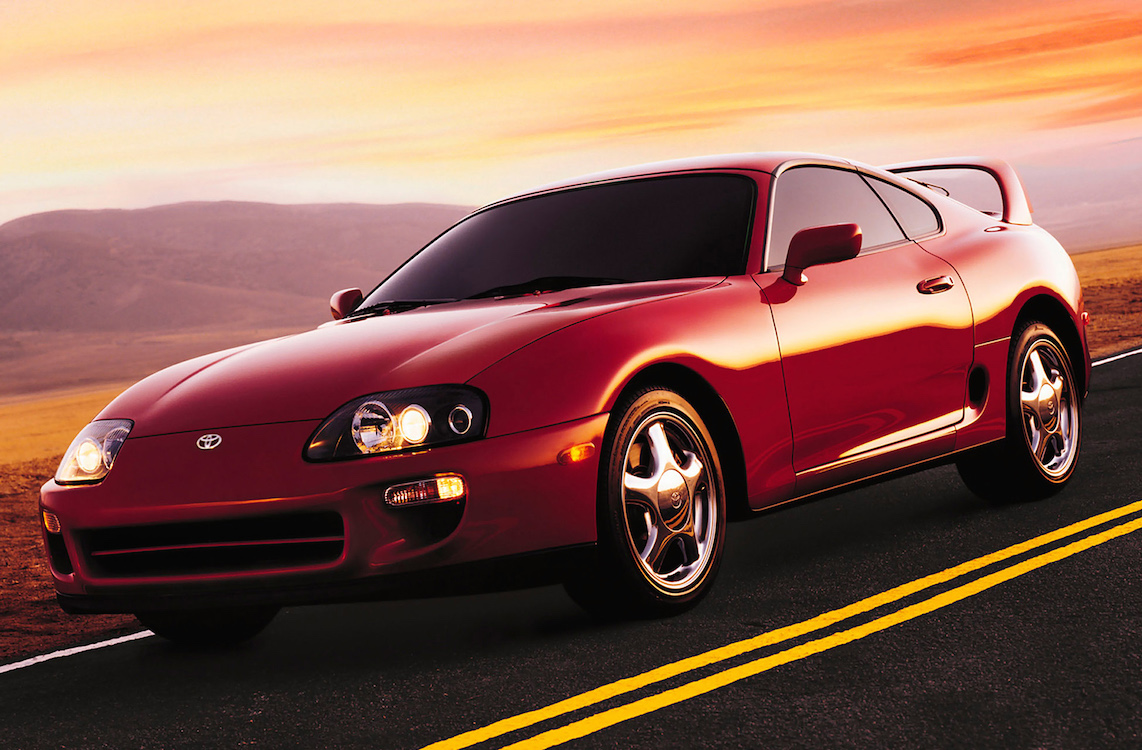Japan is a nation known for many wonderful things: sushi, advanced technology, fashion, engineering, and automotive manufacturing just to name a few. Over its many decades of vehicle production, the world has been introduced to some truly incredible supercars. The term “supercar” has certainly evolved over the years, and while it has never been encapsulated within specific performance parameters, the honor is generally reserved for vehicles that push the envelope of engineering and velocity.
Global manufacturers were well aware of Japan’s potential to design and develop capable vehicles before the 1990s, but right around the turn of the decade, Nissan, Honda, Mitsubishi, Mazda, and Toyota opened the floodgates of high performance cars and hasn’t stopped since.
Here are 5 of the best Japanese supercars ever built:
Acura NSX
While the Acura NSX was being developed in the ‘80s, its launch in 1991 demonstrated Japan’s capacity to stand on equal footing with supercars of all origins, and in some cases blow right by the competition. Inspired by the F-16 Falcon fighter jet, the NSX aimed squarely at the Ferrari 348’s performance and drew upon Honda’s racing roots to achieve its goal.
The NSX was the first production car to be built with an all-aluminum monocoque chassis and suspension while the rest of its body was a mix of high-strength steel and titanium. Powering the supercar was a mid-mounted 3.0-liter V6 engine that included Honda’s first application of VTEC (variable-value timing control) to push performance at higher revs. Iconic Formula 1 driver Ayrton Senna helped develop the NSX’s driving dynamics, meaning it could absolutely rip around the circuit. Though the NSX went out of production in 2005, Acura re-introduced the model this year with a hybrid powertrain.
Nissan GT-R
As we step into modern Japanese performance, the supercars become truly mental. Nissan’s Skyline GT-R may have been a late 20th century icon, but the 2007 GT-R model became a global sensation. Dubbed “Godzilla” by those in the know, the supercar was all about the numbers. With a sophisticated all-wheel drive system, a twin-turbocharged V6, a 6-speed dual-clutch transmission, and more software than a room of computers, the GT-R put Ferraris, Porsches, and similarly quick cars in its crosshairs.
The Nissan GT-R may have transformed into a far more expensive supercar, but its performance-for-the-money credential is every bit as valid today as it was years ago. It may not be the most engaging car to drive, but if you want to experience a land rocket, give Nissan a call.
Related: 5 Amazing 4-Door Sedans Under $20,000
Mazda RX-7
While Japanese supercars are esteemed for their drivetrains, suspension geometries, and the like, engine development has been equally valuable to its reputation. While Nissan, Toyota, and Honda were slaving away on internal combustion powertrains, Mazda was off in left field tuning rotary motors for its RX-7 supercar. By the early ‘90s, Mazda’s hard work had paid off in the form of motorsport victories across the board.
Things got really good soon after when its twin-rotor 13b engine was equipped with two turbochargers – a smaller unit that spooled more quickly for initial acceleration and a larger one to feed into higher speeds. Though 255hp may not sound like all that much, in a car that weighed less than 3,000 pounds, it meant incredible performance. Though the RX-7 struggled with unique maintenance issues related to its powertrain, its gorgeous shape and driving spirit have made it a collectable.
Toyota Supra Mark IV
Challenging the Acura NSX for fan appreciation and global respect is the Toyota Supra Mark IV. Before ’93, the Supra had already garnered respect for its impressive handling, but when Toyota applied a pair of turbochargers to a straight 6-cylinder engine and smoothed out its bodywork, the Supra became something entirely unique: it became one of Japan’s best supercars ever.
In Japan, the “gentleman’s agreement” among manufacturers restrained the supercar’s performance, but here in the states, Toyota unleashed 320hp. As a result, the Supra Turbo was faster than almost everything in production at the time, especially once aftermarket tuners dialed up the 2JZ engine and turbos to 1,000hp and beyond. Because of the Supra powertrain’s immense potential, finding unmodified examples these days is nearly impossible.
Lexus LFA
Though Toyota’s Supra Turbo taught the world to fear Japanese supercars, the Lexus-branded LFA of 2010 represented the automaker’s most intensive performance engineering project ever. With a 4.8-liter V10 at its core, a carbon fiber body, and one of the most ferocious sounding exhausts ever to come out of a production car’s exhaust ports, the LFA was exceptional.
Critics of the LFA focused on its lofty price tag ($375,000), but with only 500 units ever built – each capable of 202 mph – it’s hard to deny the LFA’s supercar chops.






